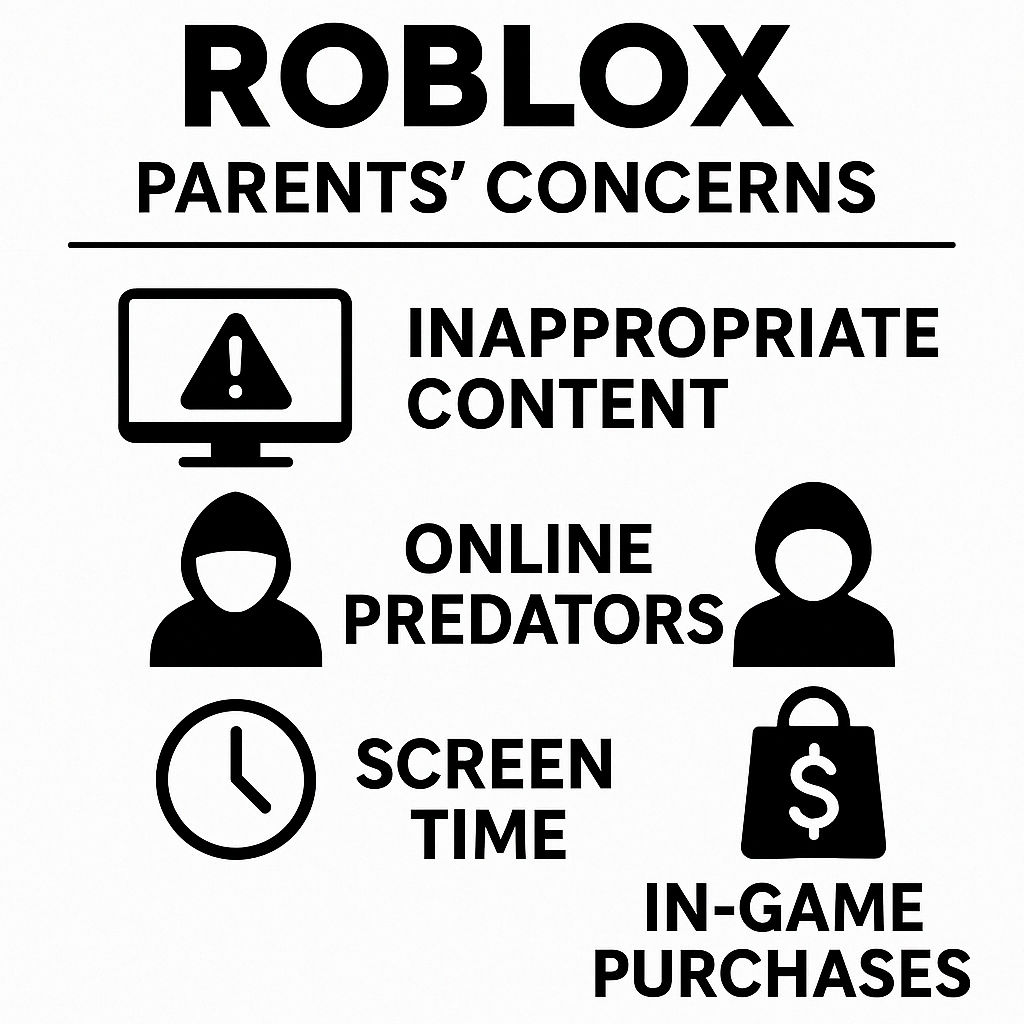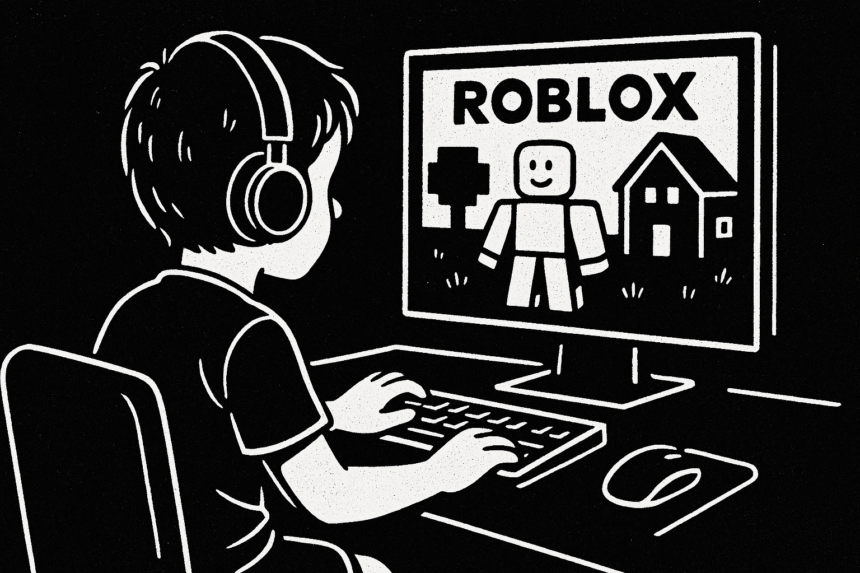Roblox, one of the most popular online gaming platforms, has garnered attention for its engaging virtual environment. With millions of active users, particularly young children, the platform has become a go-to destination for creativity, socializing, and entertainment. However, parents, researchers, and safety advocates are becoming increasingly concerned about its impact on children’s safety and mental health. While Roblox provides opportunities for creativity and fun, it also raises significant issues related to online safety, addiction, and exposure to inappropriate content.
What’s Happening & Why This Matters
Roblox has gained worldwide popularity, with an estimated 85 million active users engaging in everything from creating games to socializing. The platform allows players to interact with each other in virtual worlds, but this openness has led to growing concerns. Researchers and parents are highlighting that while Roblox claims to have safety features in place, children are still frequently exposed to harmful content. In particular, inappropriate content, online predators, and excessive gaming have been identified as significant risks.
A study conducted by Revealing Reality, a digital behavior research firm, revealed that children are often targeted by adult users who bypass the platform’s security measures to send inappropriate messages or attempt to groom children. Many parents have shared stories of their kids being exposed to sexually suggestive content or violent avatars while playing. Despite Roblox’s efforts to improve its safety features with parental controls and chat filters, these issues persist.
One study found that many children have been approached by adults who could bypass the platform’s parental control systems. This lack of effective moderation has raised alarms about Roblox’s inability to protect younger users adequately. As a result, some parents feel that the platform is not doing enough to ensure their children’s safety while they are online.
While Roblox offers various parental controls, such as restricting access to certain games or limiting chat capabilities, these tools are often insufficient or burdensome. Many parents report that their children encounter harmful material even when these tools are in place. Moreover, the user-generated nature of Roblox means that not all content is adequately monitored. This opens the door for harmful, age-inappropriate material circulating within the platform’s vast ecosystem.
Addiction and Mental Health
In addition to concerns about safety, parents have raised alarms about addiction and mental health. The immersive nature of Roblox can lead to children becoming obsessed with the platform, spending excessive hours playing, and neglecting other activities such as schoolwork, exercise, and social interactions. Gaming addiction has become a growing issue, with many parents reporting that their children exhibit withdrawal symptoms when they are not allowed to play.

The combination of engaging gameplay and social interaction makes it hard for children to disengage, leading to an unhealthy attachment to the platform. For some, playing on Roblox becomes more than just entertainment; it becomes a compulsive behavior that interferes with their daily routines. This has led to an increase in concerns about the mental health effects of excessive gaming, with some children showing signs of anxiety, stress, or irritability when not allowed to access the platform.
The issue is compounded by Roblox’s encouragement of in-app purchases, which can result in children becoming fixated on gaining virtual rewards. This dynamic fosters an environment where virtual possessions become more important than real-world interactions or accomplishments, potentially leading to a distorted perception of success and self-worth.
While Roblox has added features such as screen-time limits and age-based content restrictions, many parents argue that these measures are not enough to curb the growing trend of gaming addiction. The platform needs to implement stronger safeguards and more straightforward guidelines for mental health management to help mitigate these adverse effects.
TF Summary: What’s Next
The concerns raised by parents, researchers, and safety experts suggest that Roblox must take more substantial steps to protect its young users. While the platform continues to roll out new parental controls and safety tools, many believe these changes are insufficient. The pressure is mounting for Roblox to adopt stronger content moderation practices, implement more effective age verification, and ensure that inappropriate content is better monitored.
Regulatory oversight from governments and industry organizations may also become necessary to ensure that platforms like Roblox adhere to safety standards that safeguard children’s well-being. Until then, parents must remain vigilant in managing their children’s interactions on Roblox, ensuring their online experiences remain as safe and healthy as possible.
As Roblox continues to evolve, its ability to effectively address these concerns will likely determine its role in children’s digital lives. With increased regulatory scrutiny and mounting public pressure, it’s clear that Roblox will have to improve its safety features and moderation systems to stay relevant in an ever-evolving digital world.
— Text-to-Speech (TTS) provided by gspeech


